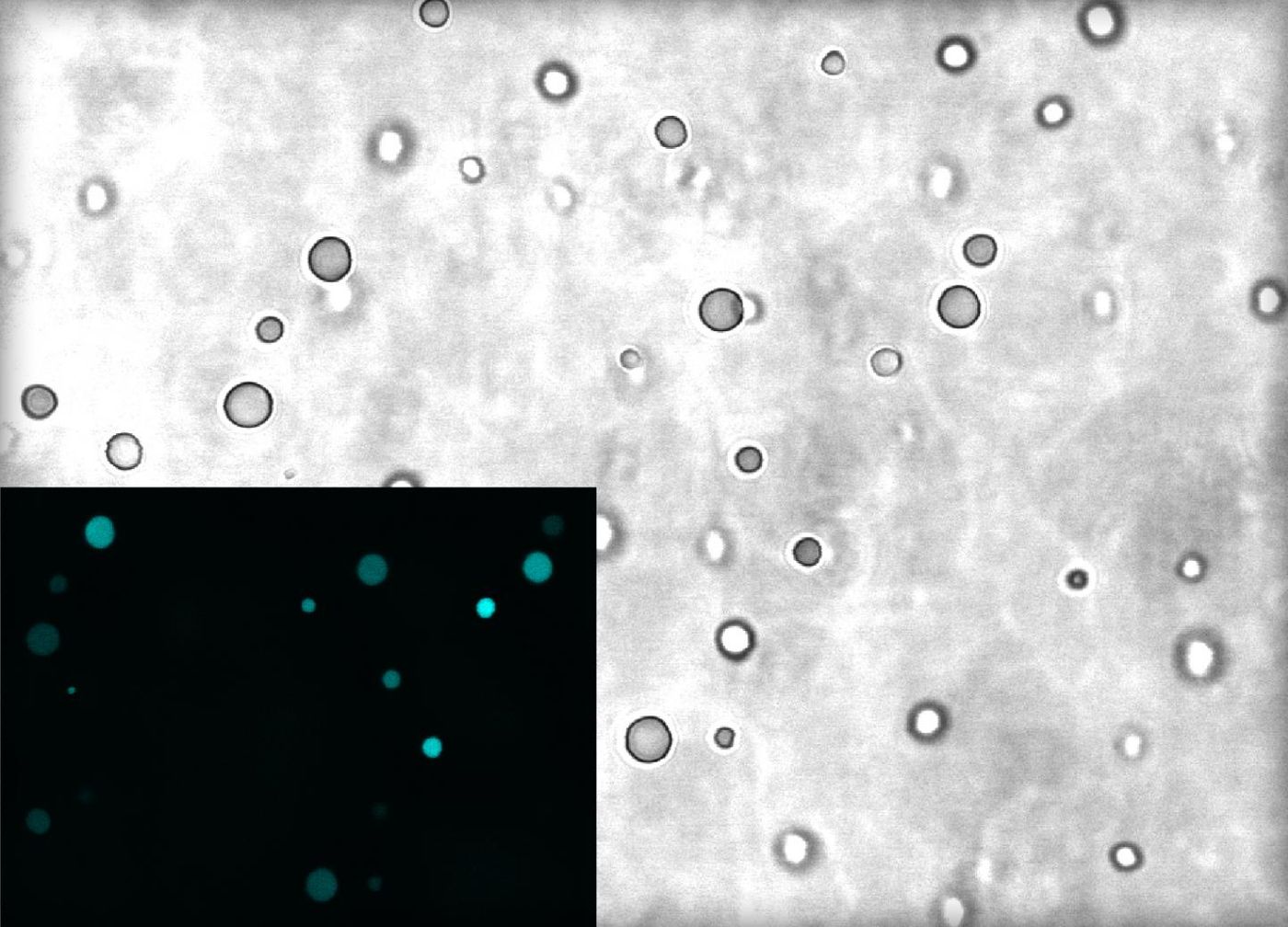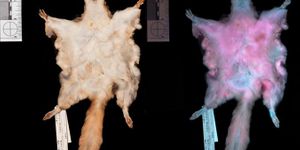Insight Into the Earliest Stages of Life on Earth
Scientists have been looking for the origins of life on earth for many years. One theory that has emerged involves a biological molecule called RNA, which is used in cells to carry genetic information from the genome to cellular machinery that translates or uses it. New work has found that RNA molecules can be brought together inside of droplets without membranes, which then assemble as “complex coacervates.” Inside of those droplets, a concentration of RNA molecules initiates enzymatic activity, encouraging chemical reactions. This research, which helps reconstruct the possible early events in the so-called prebiotic RNA world, has been outlined in Nature Communications.
"We're interested in how you go from a world with no life to one with life," said one of the senior authors of the study Philip C. Bevilacqua, Distinguished Professor of Chemistry and of Biochemistry and Molecular Biology at Penn State. "One can imagine a lot of steps in this process, but we are not looking at the most elemental steps. We are interested in a slightly later step, to see how RNA molecules could form from their basic building blocks and if those RNA molecules could drive the reactions needed for life in the absence of proteins."
Life now requires the DNA in the genome, which is transcribed into RNA to make proteins and carry out cellular functions. To create DNA, proteins are necessary, so a chicken and egg argument is set up - which came first?
"RNA, or something similar, has been thought of as a key to solving this dilemma," noted the first author of the report Raghav R. Poudyal, the Simons Origins of Life Postdoctoral Fellow at Penn State. "RNA molecules carry genetic information, but they can also function as enzymes to catalyze the chemical reactions needed for early life. This fact has led to the notion that life on Earth went through a stage where RNA played an active role in facilitating chemical reactions - "the RNA World" where self-replicating RNA molecules both carried the genetic information and performed functions that are now generally carried out by proteins."
The RNA origin of life theory is outlined in the video above by NOVA PBS.
Cells are bound and separated from one another by membranes, but such membranes would probably have been an impediment in the primordial soup. The molecules needed to be free to interact, but also had to be gathered together to have any effect.
"You can think of these RNA enzymes like a car being produced in an assembly line," explained Poudyal. "If you don't have the parts in the right place in the factory, the assembly line doesn't work. Without coacervates, the parts needed for chemical reactions are too dilute and are unlikely to find each other, but inside the coacervates, all the parts that the enzyme needs to work are nearby."
The scientists looked for materials that would have probably been around on Earth at that time and could form coacervates. Then they allowed stuff like RNA building blocks, enzymes, and their targets to engage.
"It was previously known that RNA molecules can assemble and elongate in solutions with high concentrations of magnesium," said Poudyal. "Our work shows that coacervates made from certain materials allow this non-enzymatic template-mediated RNA assembly to occur even in the absence of magnesium."
When concentrated by various charged molecules, RNA was more likely to find targets and drive chemical reactions. "These observations help us understand how the chemical environment within different membraneless compartments can impact RNA reactions,” said Christine Keating, professor of chemistry at Penn State and a senior author on the paper.
"Although we can't look back to see the exact steps taken to form the first life on Earth, coacervates like the ones we can create in the laboratory may have helped by facilitating chemical reactions that otherwise would not have been possible," said Poudyal.
Protocells can be seen interacting in the video.
Sources: AAAS/Eurekalert! Via Penn State, Nature Communications









